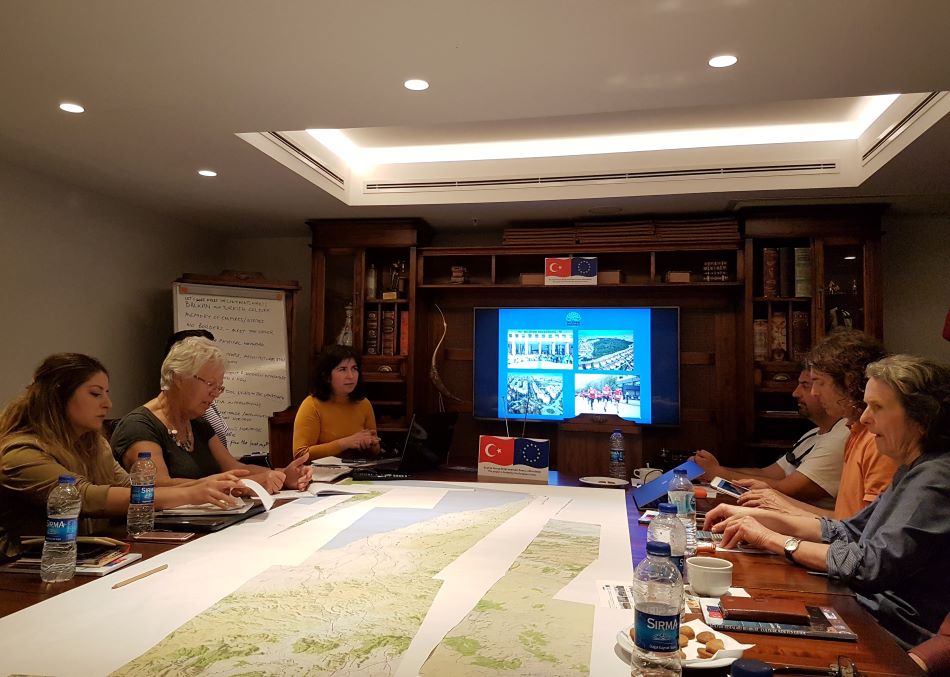Management and coordination


The main objectives of the ‘Italy, Greece and Turkey on Foot’ is to certify the Via Eurasia as a Cultural Route of the Council of Europe.
Following the success of the pilgrimage route to St. James Way, in 1987, the Cultural Routes Programme was launched by the Council of Europe (CoE). Since then, all the routes certified under the programme practice its fundamental principles: human rights, cultural democracy, cultural diversity and identity, dialogue, mutual exchange and enrichment across boundaries and centuries. The European Institute of Cultural Routes (EICR) acts as the technical agency, which advises and evaluates cultural routes already certified, helps new projects obtain certification, organizes training and visibility activities for route managers and co-ordinates academic oversight. Hence, with the support from the EICR and the involvement of the CoE member states, the programme stands as a sharing and training platform for organisations with similar values and aims.
In order for the Via Eurasia to be certified, management and scientific reports have to be prepared and be included in the application dossier. Therefore, the project will have two committees:
- a management committee to prepare the certification dossier and a management plan;
- a scientific committee to conduct and compile academic research with historical justifications.
The Via Eurasia, with a total length of about 6000 km, will be one of the longest walking route in Europe.



